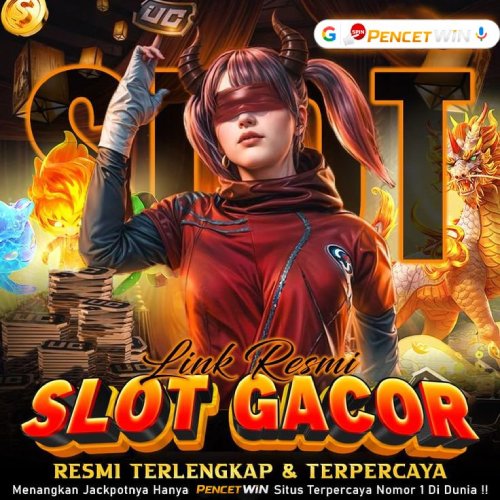889K Orang Telah Merasakan Jackpot Dalam 24 Jam Terakhir!
Price:Rp 88,000
SLOT ONLINE $ Daftar Situs Slot Mpo Terkini Bet 200 Paling Gacor Sepanjang 2025
Berikut daftar situs slot online terkini bet 200 yang paling gacor yang pertama adalah SLOT88 situs slot gacor paling cuan dengan adanya fitur canggih slot maxwin dan promosi bonus new member yang diberikan menjadikan SLOT88 game paling nomor 1 di Indonesia. Tentunya ke-2 di diduduki oleh SLOT777 situs paling trendi yang viral karena gampang menang deposit 5rb bet 200 bisa jackpot sampai ratusan juta. SLOT777 termasuk rekomendasi favorit pemain slot Indonesia. Walaupun demikian kedua-nya memilik promosi yang berbeda.
Star Seller
Star Sellers have an outstanding track record for providing a great customer experience – they consistently earned 5-star reviews, dispatched orders on time, and replied quickly to any messages they received.
Star Seller. This seller consistently earned 5-star reviews, dispatched on time, and replied quickly to any messages they received.



